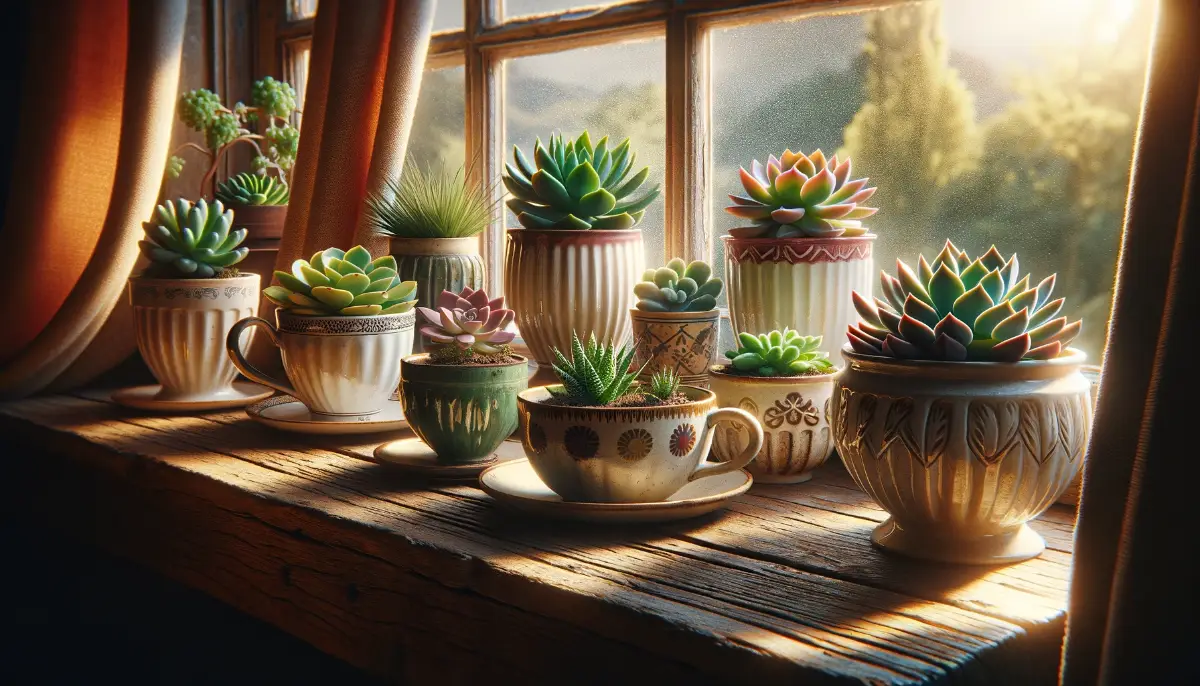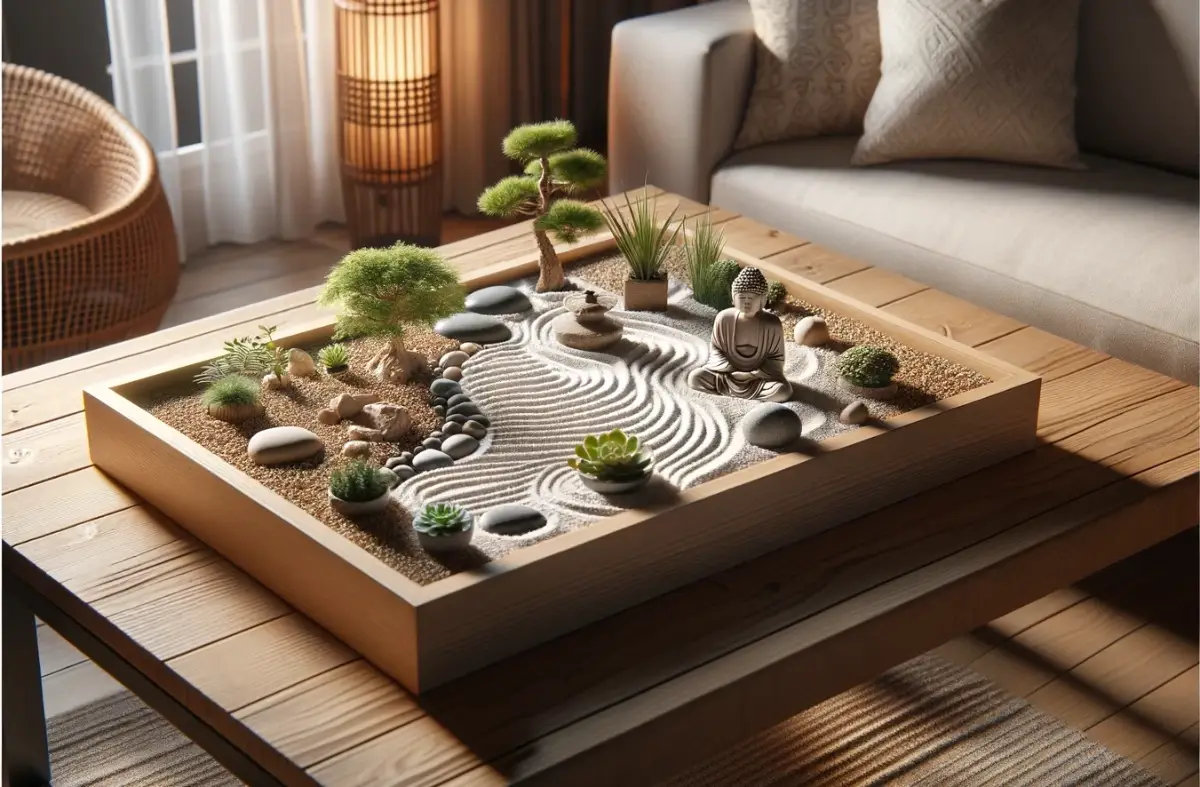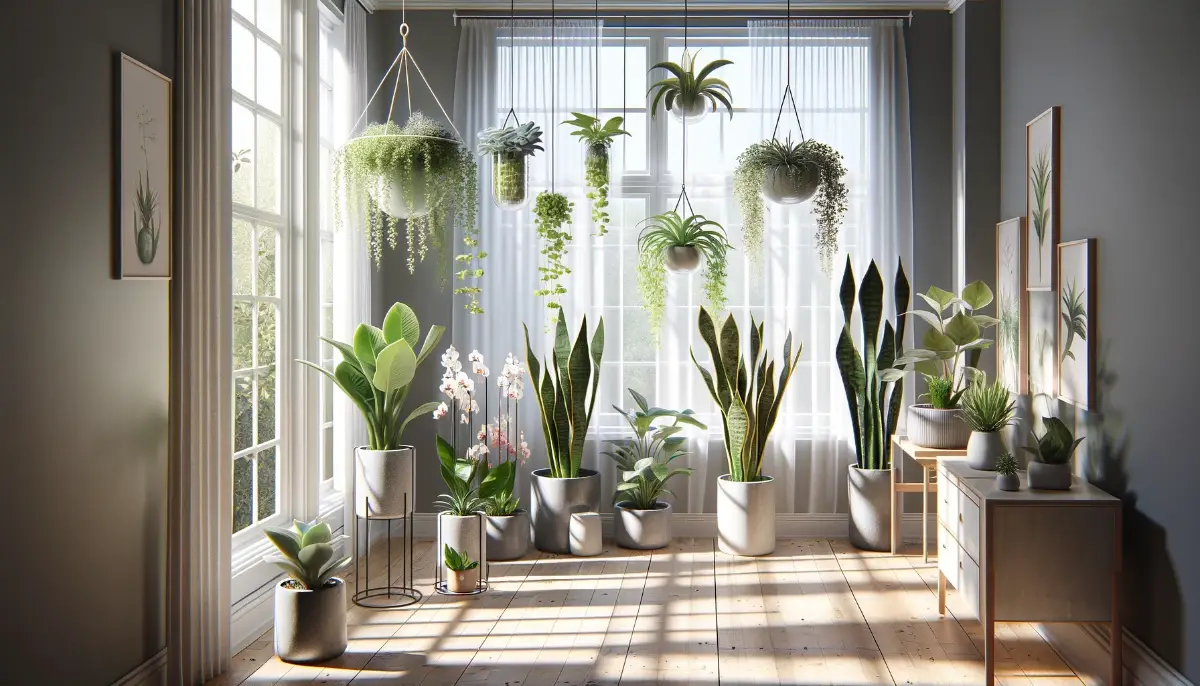Have you ever looked at an old coffee cup and thought, “This could be more than just a container for my morning brew”?
Welcome to the innovative world of coffee cup succulent gardens, where sustainability meets style.
This trend combines the joy of gardening with the satisfaction of upcycling, turning everyday objects into unique homes for your plants.
Benefits of Coffee Cup Planters
Environmental Impact: By choosing to repurpose coffee cups as planters, you’re contributing to waste reduction. Every cup reused is one less in the landfill, making this a green thumb project in more ways than one.
Aesthetic Appeal: Coffee cup succulent gardens add a quirky and personalized touch to any space. Whether it’s your kitchen window sill or your office desk, these miniature gardens bring life and color, enhancing your decor with their charming presence.
Selecting Your Coffee Cups
Types of Coffee Cups Suitable for Succulents
Not all coffee cups are created equal, especially when it comes to hosting your new green friends. Size matters; smaller cups are perfect for individual succulents, while larger mugs can house multiple plants or larger species. Material is crucial too; ceramic or porcelain cups offer great durability and aesthetic appeal. However, the key feature to look out for is drainage. Succulents dislike soggy roots, so cups with drainage holes or ones you can modify are ideal.
Where to Find Coffee Cups
Your succulent garden doesn’t have to break the bank. Thrift stores and garage sales are treasure troves of unique coffee cups waiting for their second life. Don’t forget to scour your own cabinets—you might find that you already own the perfect vessel. Repurposing old coffee cups not only saves you money but also contributes to the environmental benefits of this project.
Preparing Your Coffee Cups
Cleaning and Preparation
Before your cups can become planters, they need a good clean. Wash them with soapy water to remove any residue or stains. If you’re planning to add drainage holes, now is the time. Carefully drill or punch a hole in the bottom of each cup to allow excess water to escape, preventing root rot.
Decorating Your Cups
This is where your creativity shines! Painting, stenciling, or even decoupage can turn a plain cup into a work of art. Use non-toxic paints or sealants, especially if your cups will live indoors. Not only does decorating your cups add a personal touch, but it can also be a fun activity for families or a thoughtful handmade gift idea.
Planting Your Succulents
Selecting Succulents
Choosing the right succulents for your coffee cup garden is crucial for their survival and growth. Succulents thrive in environments that mimic their natural habitat—dry, arid conditions. For indoor gardens, look for varieties that prefer less direct sunlight, such as Haworthias or Gasterias. These plants are well-suited to the limited space and depth of a coffee cup, requiring less frequent watering compared to other houseplants.
When selecting your succulents, consider their growth patterns. Some succulents, like Echeverias, spread outwards, while others, like Aloe, grow upwards. This will help you decide how many plants can fit into a single cup and how they will develop over time.
Soil and Planting
The right soil mix is key to succulent health. Standard potting soil retains too much moisture for these desert dwellers. Instead, mix two parts potting soil with one part sand or perlite to improve drainage. This ensures your coffee cup garden won’t become waterlogged, preventing root rot.
To plant your succulents, fill the cup halfway with your soil mix, then place the succulent gently in the center. Add more soil around the edges, ensuring the plant is secure but not buried too deep. Leave some space below the cup’s rim to prevent soil from spilling out during watering.
Once planted, give your succulent a gentle watering, allowing any excess water to drain out. Remember, succulents prefer a “soak and dry” method, meaning you should water them thoroughly, then allow the soil to completely dry out before watering again. This mimics the natural rainfall patterns they’re adapted to.
Caring for Your Coffee Cup Succulent Garden
Watering and Sunlight
Proper watering is crucial for succulents, especially in the unique confines of a coffee cup. The “soak and dry” method is key—allow the soil to dry out completely between waterings. Overwatering is a common mistake; it can lead to root rot, which is detrimental to succulents. Depending on the humidity and temperature of your environment, watering once every two weeks is usually sufficient. However, this can vary, so it’s essential to check the soil’s moisture level before watering again.
Sunlight is another vital component of succulent care. These plants love bright, indirect light. A spot near a window that gets plenty of morning or late afternoon sun is ideal. However, too much direct sunlight can scorch the leaves, while too little light can cause them to become leggy and weak. Observing your plants and adjusting their position to ensure they get the right amount of light is key to their health.
Troubleshooting Common Issues
Pests: Succulents can attract pests like mealybugs and spider mites. Isolate affected plants to prevent spread and treat them with a gentle insecticidal soap or neem oil.
Diseases: Overwatering can lead to fungal diseases. If you notice soft, mushy leaves or stems, you may be watering too much. Reduce watering, and ensure your soil mix drains well. In severe cases, you may need to repot your succulent in fresh, dry soil.
Leggy Growth: If your succulents start to stretch out or become leggy, they’re likely not getting enough light. Move them to a brighter location where they can receive more indirect sunlight.
Leaf Drop: Some leaf drop is normal as succulents grow, but excessive dropping might indicate stress from too much or too little water, or dramatic temperature changes. Adjust your care routine accordingly and monitor your plant’s response.
FAQs: Coffee Cup Succulent Gardens
Do coffee cups need drainage holes for succulents?
Yes, drainage holes are essential for preventing water from pooling at the bottom of the cup, which can lead to root rot. If your coffee cup doesn’t have one, you can create a drainage hole using a drill or layer the bottom with pebbles before adding soil to improve drainage.
How often should I water my coffee cup succulents?
Watering frequency depends on various factors, including the climate, season, and indoor environment. A general rule is to water when the soil has completely dried out, typically every 2-3 weeks. Use the soak and dry method for best results.
Can any coffee cup be used for planting succulents?
While most coffee cups can be repurposed into planters, those made from ceramic or porcelain are best. They should be large enough to accommodate the succulent’s root system and have or be modified to include a drainage hole.
How do I select the right succulents for my coffee cup garden?
Choose succulents that thrive in indoor conditions and fit the size of your cup. Varieties like Haworthia, Gasteria, and Echeveria are suitable choices due to their size, light, and watering needs.
What soil mix should I use for my coffee cup succulents?
Use a well-draining soil mix, ideally a combination of potting soil and sand or perlite in a 2:1 ratio. This mix ensures that water drains quickly, preventing moisture from harming the roots.
How much sunlight do coffee cup succulents need?
Succulents prefer bright, indirect sunlight. A spot that receives morning or late afternoon sun is ideal. Avoid prolonged exposure to direct midday sun, which can scorch their leaves.
What are common pests that affect succulents, and how can I treat them?
Common pests include mealybugs and spider mites. Treat infestations with insecticidal soap or neem oil, applying it directly to the affected areas according to the product instructions.
My succulents are becoming leggy. What does this mean, and how can I fix it?
Leggy growth indicates your succulent isn’t receiving enough light and is stretching towards a light source. Move it to a brighter location with more indirect sunlight to encourage more compact growth.
How can I add a drainage hole to a coffee cup without one?
Carefully use a drill with a ceramic bit to create a small hole in the bottom of the cup. Wear safety goggles and work slowly to avoid cracking the cup.
Can I use a coffee cup with a crack or chip as a succulent planter?
Yes, a cup with minor damage can still be used as a planter. Ensure the crack doesn’t affect the structural integrity of the cup or its ability to hold soil and water. Small chips can add character to your planter without harming the plant.









